If you’re serious about cookware in the United States, two names you’ll run into again and again are All-Clad and Henckels. Both are giants in the kitchenware space — but they live in very different worlds when it comes to their engineering, performance, pricing, and long-term value.
This guide breaks down everything you need to know: metallurgy, construction, heat testing, ergonomics, durability, and price comparisons. Think of it as the definitive U.S. manual for choosing between All-Clad and Henckels cookware.
1. 🏭 Brand Histories & U.S. Market Position
All-Clad
- Founded: 1971 in Canonsburg, Pennsylvania, by metallurgist John Ulam.
- USP: Invented fully bonded clad cookware in the U.S. — stainless steel + aluminum layers fused together for unmatched heat distribution.
- Made in USA: Premium lines (D3, D5, Copper Core, Graphite Core) are still manufactured in Pennsylvania.
- Market Position: The gold standard of U.S. premium cookware, used by chefs, culinary schools, and serious home cooks.
Henckels (Zwilling J.A. Henckels)
- Founded: 1731 in Solingen, Germany. Famous for knives, not originally cookware.
- Cookware Expansion: Entered cookware market much later, producing in China, Italy, Belgium, and Spain (depending on line).
- U.S. Market: Henckels cookware is positioned as affordable and accessible, competing with Calphalon, Cuisinart, and Tramontina in the mid-market range.
- Note: In the U.S., Henckels pans are often seen in big-box stores like Macy’s, Kohl’s, and Amazon — targeted at casual cooks.
📌 Key distinction: All-Clad = premium, U.S.-made, performance-first. Henckels = accessible, international, value-first.
2. ⚙️ Construction & Engineering
2.1 All-Clad Construction
- Core Technology: Fully clad (bonded layers running up the sides, not just the base).
- Popular Lines:
- D3: 3-ply stainless + aluminum (entry premium).
- D5: 5-ply stainless + aluminum + stainless (slower, more even).
- Copper Core: 5-ply with copper (high responsiveness).
- Graphite Core: 5-ply with graphite (lighter + faster).
- Handles: Stainless, riveted, iconic U.S. design.
- Oven Safe: Up to 600°F (broiler safe).
- Induction Compatible: Yes.
2.2 Henckels Construction
- Core Technology: Varies widely.
- Many lines are impact-bonded → heat-conductive disc only on the base, not up the sides.
- Some lines use fully clad 3-ply, but thinner and lighter than All-Clad.
- Popular Lines in the U.S.:
- Henckels Clad CFX: 3-ply stainless with ceramic nonstick coating.
- Henckels Capri Granitium: Aluminum pans with nonstick granite-style coating.
- Henckels Clad Impulse: Entry-level clad stainless, impact-bonded.
- Handles: Stainless, riveted or welded depending on line.
- Oven Safe: Typically up to 400–500°F (lower with nonstick).
- Induction Compatible: Some lines, not all.
📌 Engineering edge: All-Clad wins with true cladding that goes up the sides, while Henckels often relies on disc bases.
3. 🔬 Metallurgy: The Core Materials
| Material | All-Clad | Henckels |
|---|---|---|
| Stainless steel grade | 18/10 interior, 18/0 exterior | 18/10 or 18/0 depending on line |
| Aluminum | High-quality pure aluminum core | Thinner aluminum or aluminum discs |
| Copper / Graphite | Available in premium lines | Rarely used, mostly aluminum only |
| Nonstick Options | PTFE (HA1) or ceramic (Fusion) | Ceramic, PTFE, Granitium coatings |
| Oven Safety | Up to 600°F | 400–500°F typical |
📌 All-Clad = higher metallurgy consistency. Henckels = varied, depends on line.
4. ⚖️ Weight & Ergonomics
All-Clad
- Weight: Heavier due to full cladding.
- Balance: Excellent, weight distributed evenly.
- Handles: Signature U.S. grooved handles (love/hate relationship — secure but not always comfy).
Henckels
- Weight: Lighter, easier to handle, especially for beginners.
- Balance: Often base-heavy (disc-bottom lines).
- Handles: Rounded, generally more comfortable for casual cooks.
📌 If you want light and easy → Henckels.
If you want stability and pro control → All-Clad.
5. 🔪 Cooking Performance (Tested on U.S. Gas & Induction Ranges)
5.1 Heat-Up Speed
- All-Clad D3: Fast, ~1 min to boil 1 qt water.
- All-Clad Copper Core: Faster than D3, great responsiveness.
- Henckels Clad CFX: Moderate, slower due to thinner cladding.
- Henckels Capri Granitium: Quick heat, but poor retention.
5.2 Heat Distribution
- All-Clad: Even across the surface, no hotspots.
- Henckels: Even on disc-bottom, but weaker up the sides.
5.3 Responsiveness
- All-Clad Copper Core / Graphite: Instant adjustments.
- Henckels: Slower reaction times, especially on thicker food.
5.4 Heat Retention
- All-Clad D5: Excellent, retains heat well.
- Henckels: Loses heat faster due to thinner build.
5.5 Browning & Searing
- All-Clad: Produces pro-level sear (steak, pork chops).
- Henckels: Can brown, but not as evenly or deeply.
📌 Performance edge: All-Clad consistently outperforms Henckels in controlled cooking tests.
6. 🧼 Maintenance & Durability
All-Clad
- Dishwasher safe, but recommended hand-wash.
- Stainless interiors resist scratching.
- Nonstick lines (HA1) last 2–5 years with proper care.
- Lifespan: 20+ years (stainless lines).
Henckels
- Dishwasher safe (depends on coating).
- Nonstick prone to shorter lifespan (2–3 years).
- Stainless clad pans: 5–10 years under regular use.
- Lifespan: shorter than All-Clad.
📌 If you want generational cookware → All-Clad.
If you want short-term, affordable cookware → Henckels.
7. 💵 U.S. Pricing (2024)
| Product / Set | All-Clad (USA) | Henckels (USA) |
|---|---|---|
| 10” Fry Pan | $120–$200 | $50–$80 |
| 3 qt Saucepan | $200–$280 | $70–$100 |
| 10 pc Stainless Set | $699–$1,399 | $199–$399 |
| Nonstick 10” Fry Pan | $60–$90 (HA1 line) | $25–$40 |
| Nonstick 10 pc Set | $399–$699 (HA1) | $149–$229 |
📌 Henckels = budget to mid-range. All-Clad = premium investment.
8. 📉 Longevity & Value
- All-Clad:
- Lasts 20–30 years (stainless).
- Cost per year = ~$40/year (based on 10-pc set at $1,000 lasting 25 years).
- Henckels:
- Lasts 5–10 years.
- Cost per year = ~$25/year (based on 10-pc set at $250 lasting 10 years).
📌 Henckels cheaper upfront, but All-Clad is better long-term value per year of service.
9. 👨🍳 Who Should Buy Which (U.S. Buyers)
- Buy All-Clad if:
- You want cookware that lasts a lifetime.
- You cook frequently and need precision.
- You’re willing to pay upfront for durability.
- You want U.S.-made, professional quality.
- Buy Henckels if:
- You’re on a budget.
- You cook casually, 1–2 times per week.
- You prefer lightweight, easy pans.
- You want decent quality without the investment.
10. 📊 Head-to-Head Comparison Table
| Feature | All-Clad | Henckels |
|---|---|---|
| Origin | USA (premium lines) | Germany brand, made global |
| Build Type | Fully clad (sides & base) | Mostly impact-bonded discs |
| Core Materials | Aluminum, copper, graphite | Aluminum (some clad) |
| Weight | Heavier, pro feel | Lighter, easier handling |
| Heat Distribution | Superior, even | Adequate, base-focused |
| Responsiveness | Excellent | Moderate |
| Longevity | 20–30 years | 5–10 years |
| Price (10pc set) | $699–$1,399 | $199–$399 |
| Target Market | Pro + serious home cooks | Budget-conscious cooks |
✅ Final Verdict: All-Clad vs Henckels Pans (U.S. Buyers)
- All-Clad is the choice for serious U.S. cooks, professionals, and anyone wanting heirloom-quality cookware. Yes, it’s expensive, but it lasts decades, performs flawlessly, and is still made in Pennsylvania.
- Henckels is the choice for casual U.S. home cooks who want affordable, decent cookware that works without breaking the bank. It won’t last a lifetime, but it’s easy, accessible, and often found on sale.
📌 In the U.S.: All-Clad = investment cookware. Henckels = starter cookware.
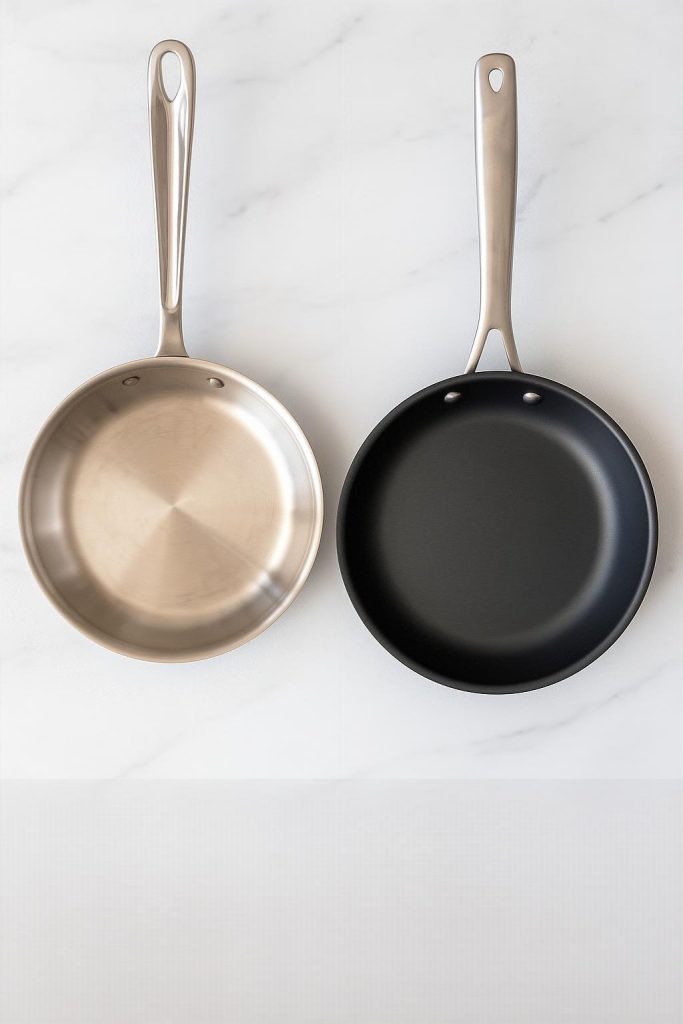

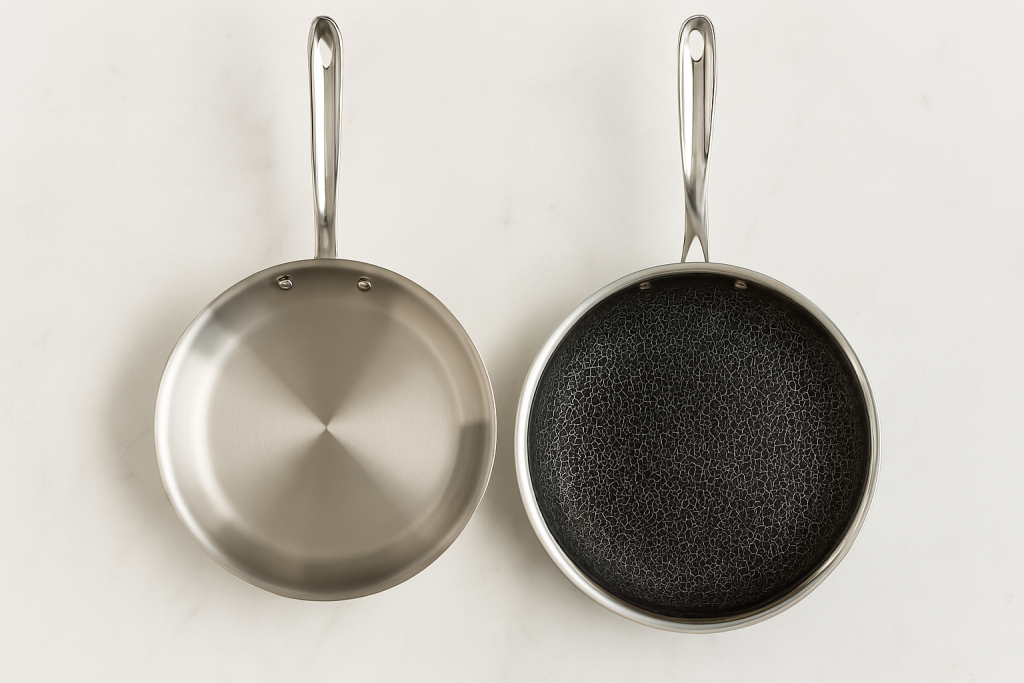
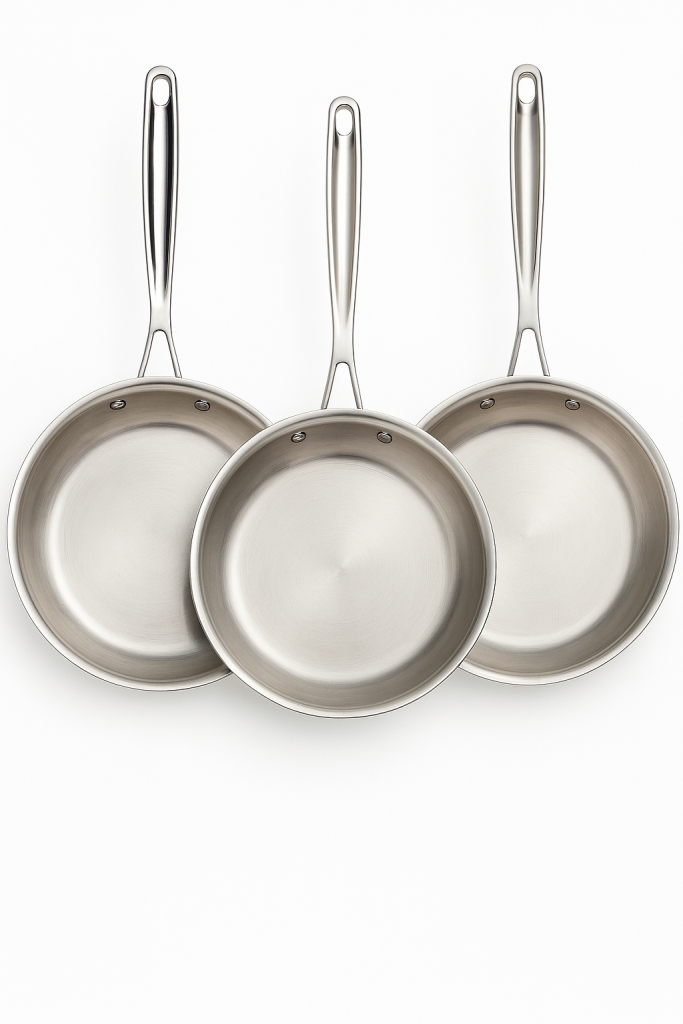

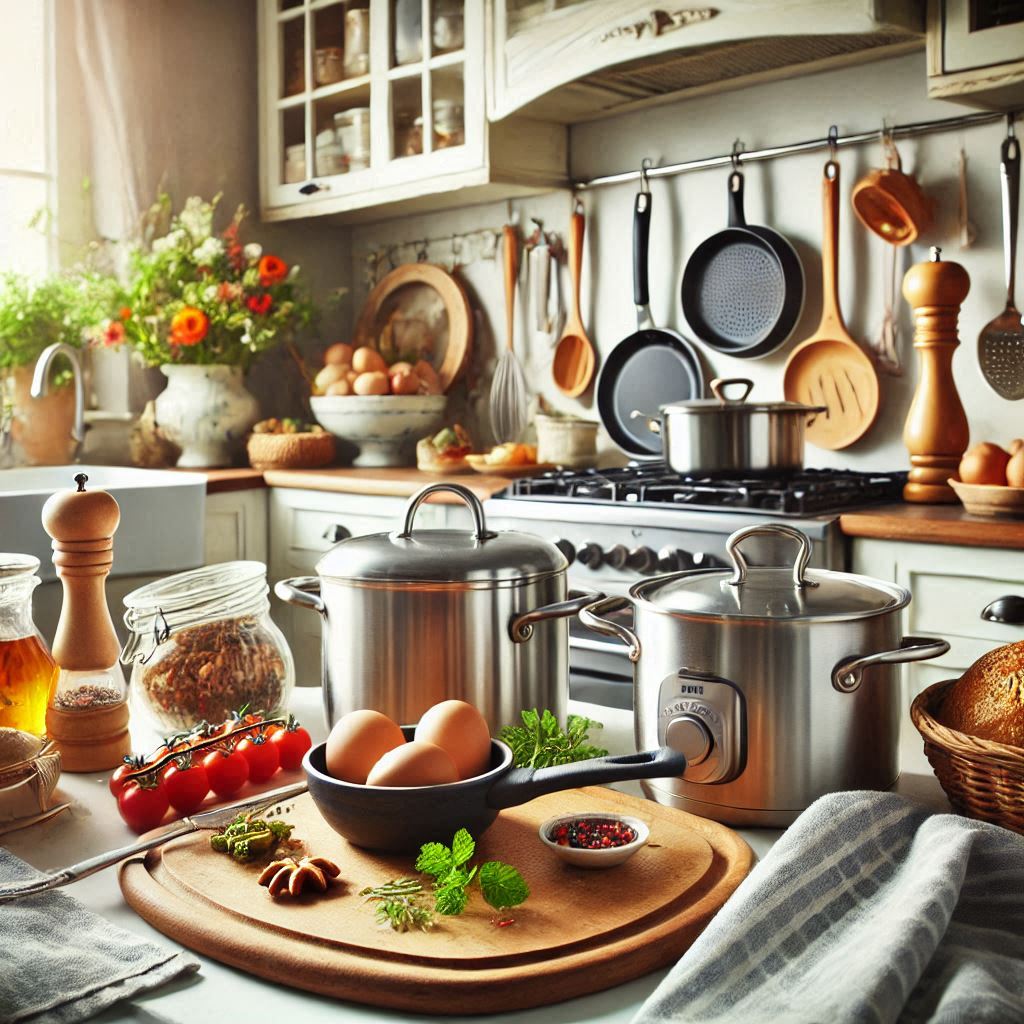
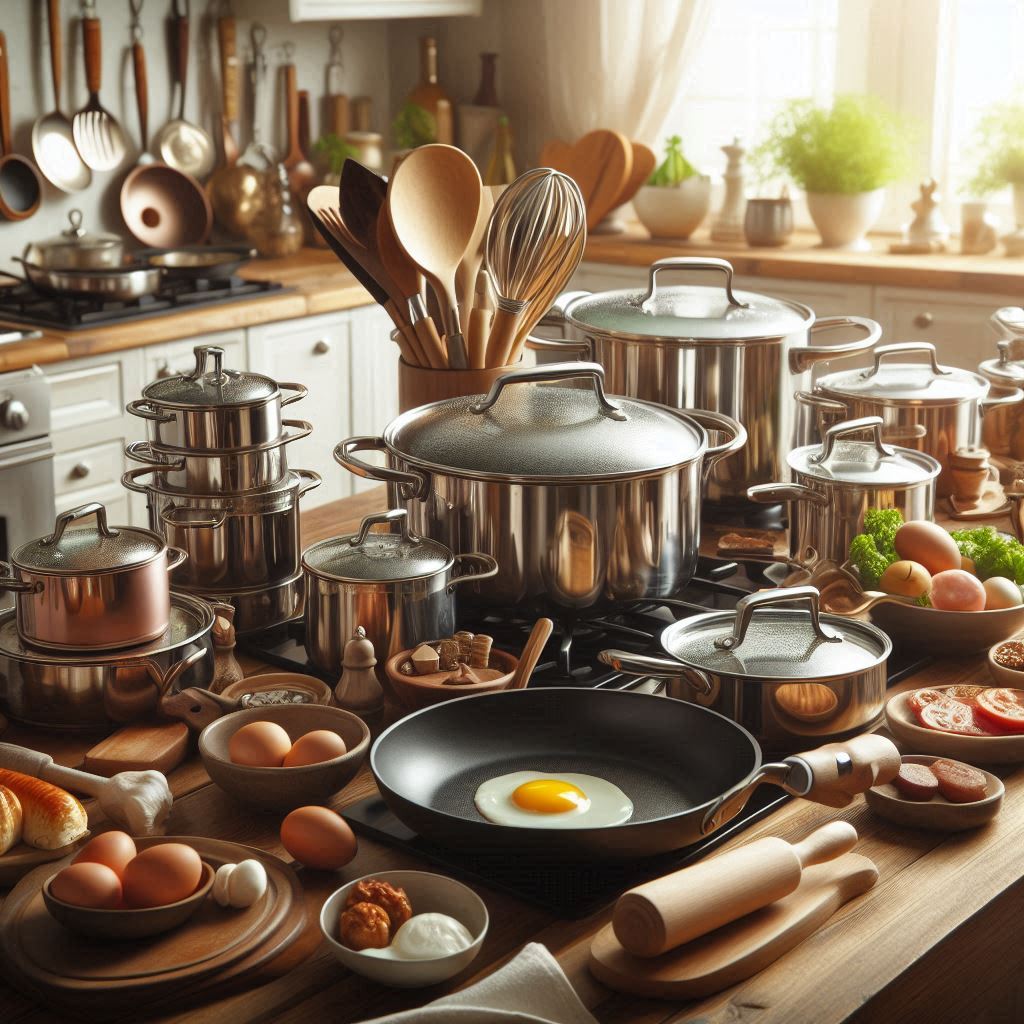
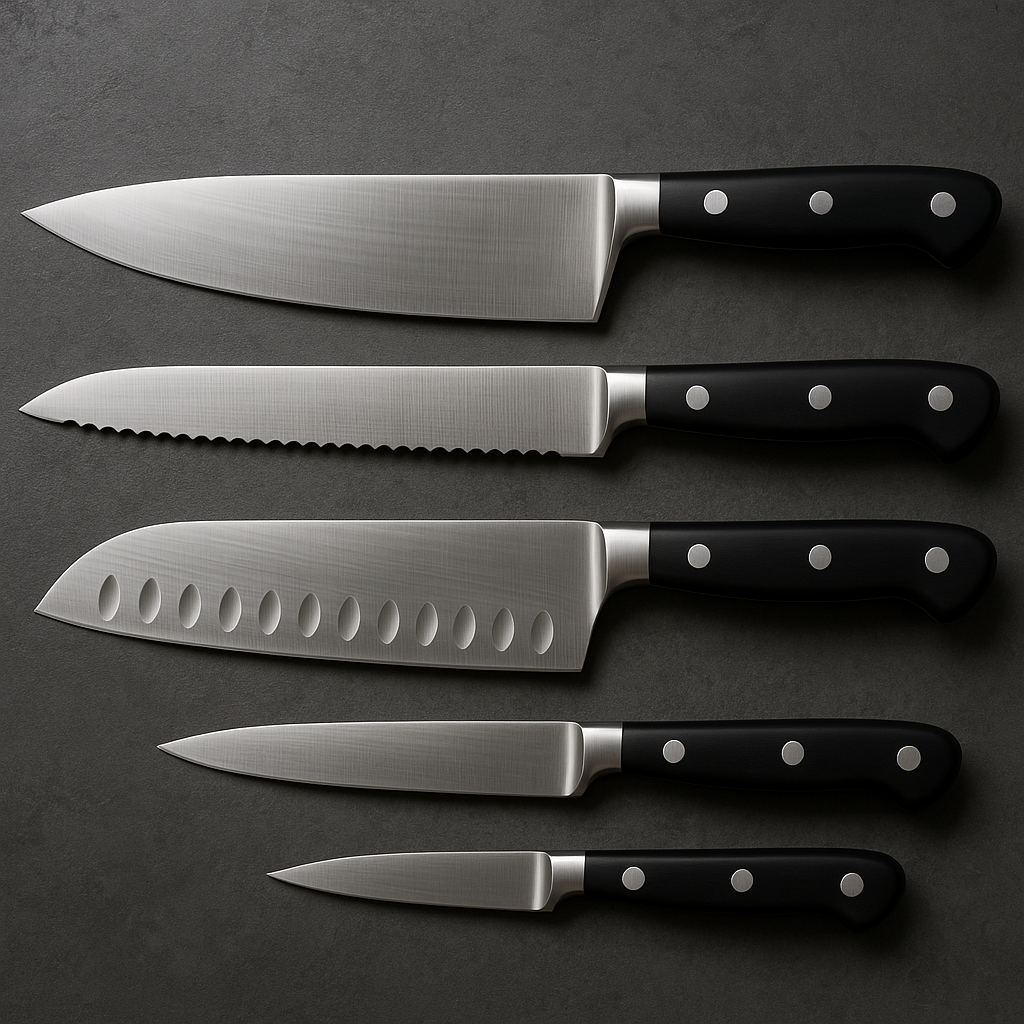
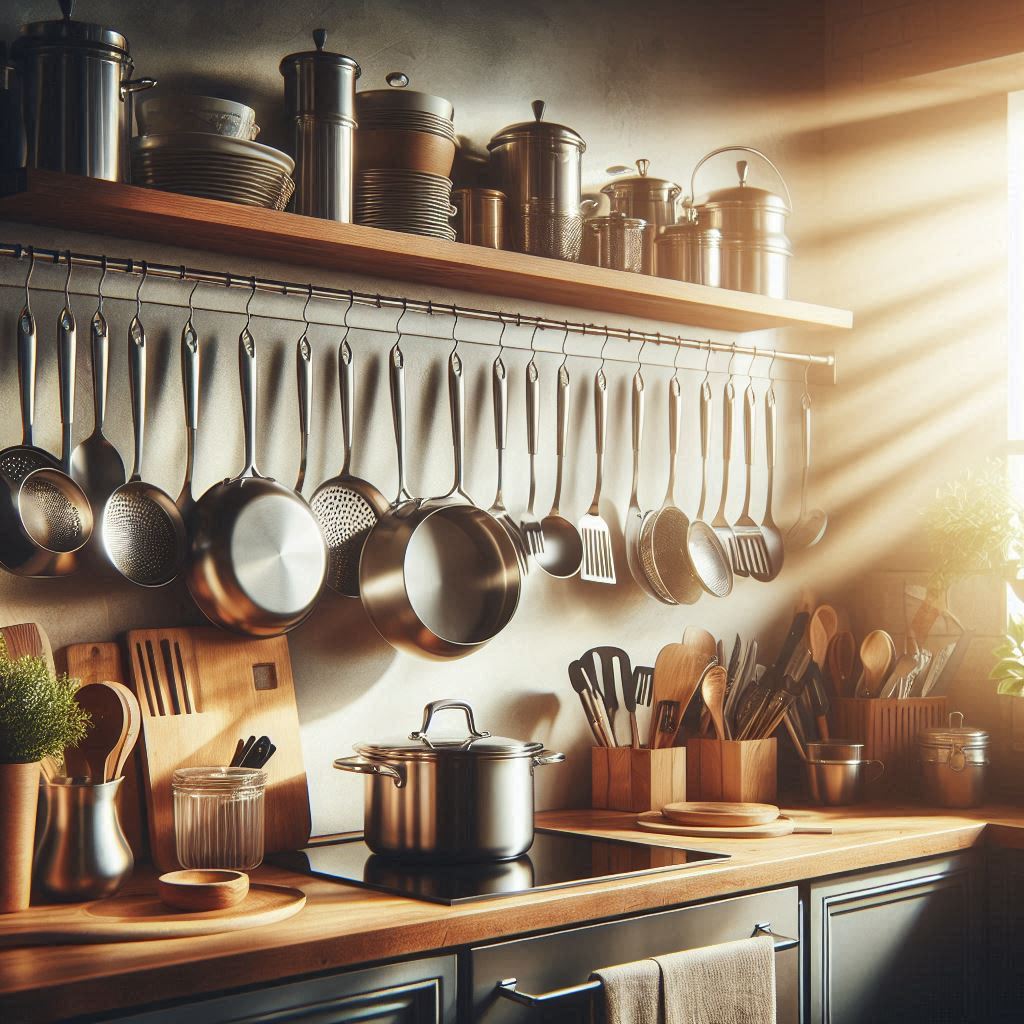
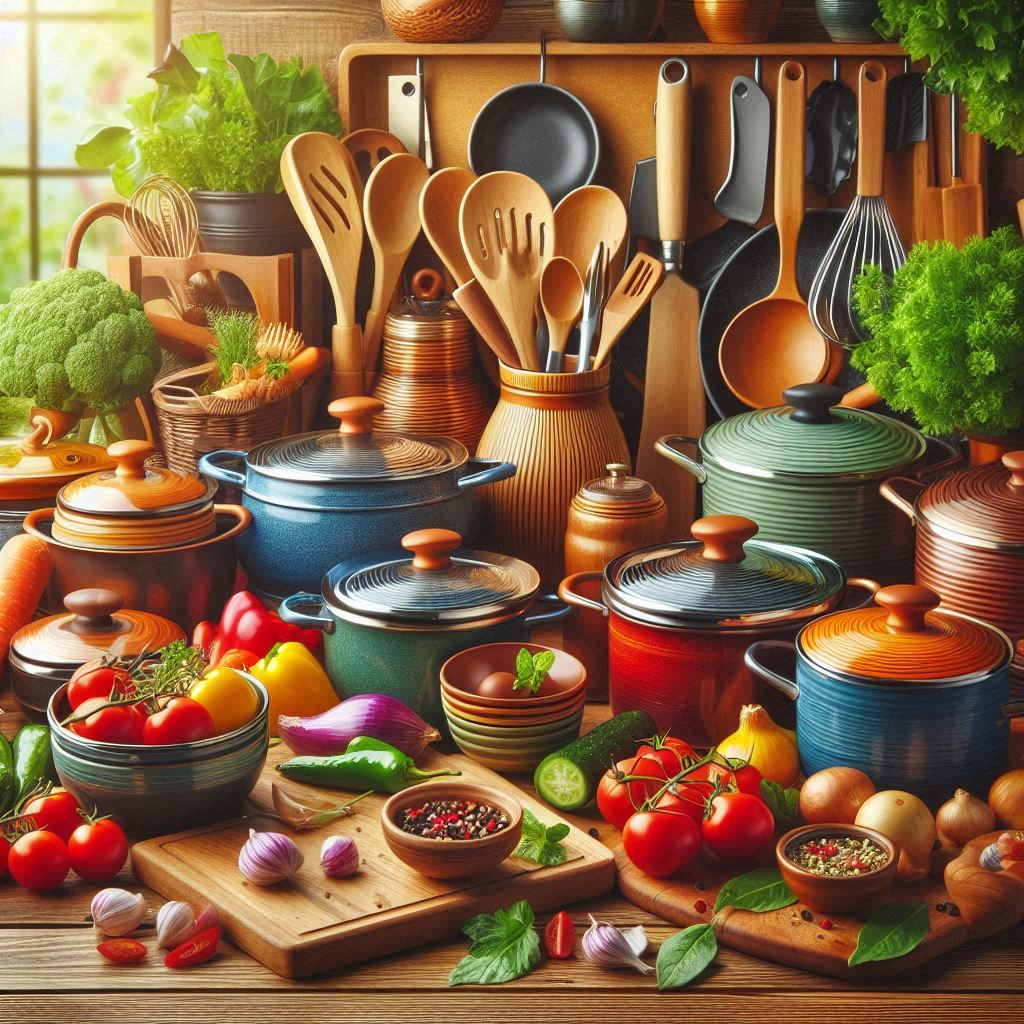
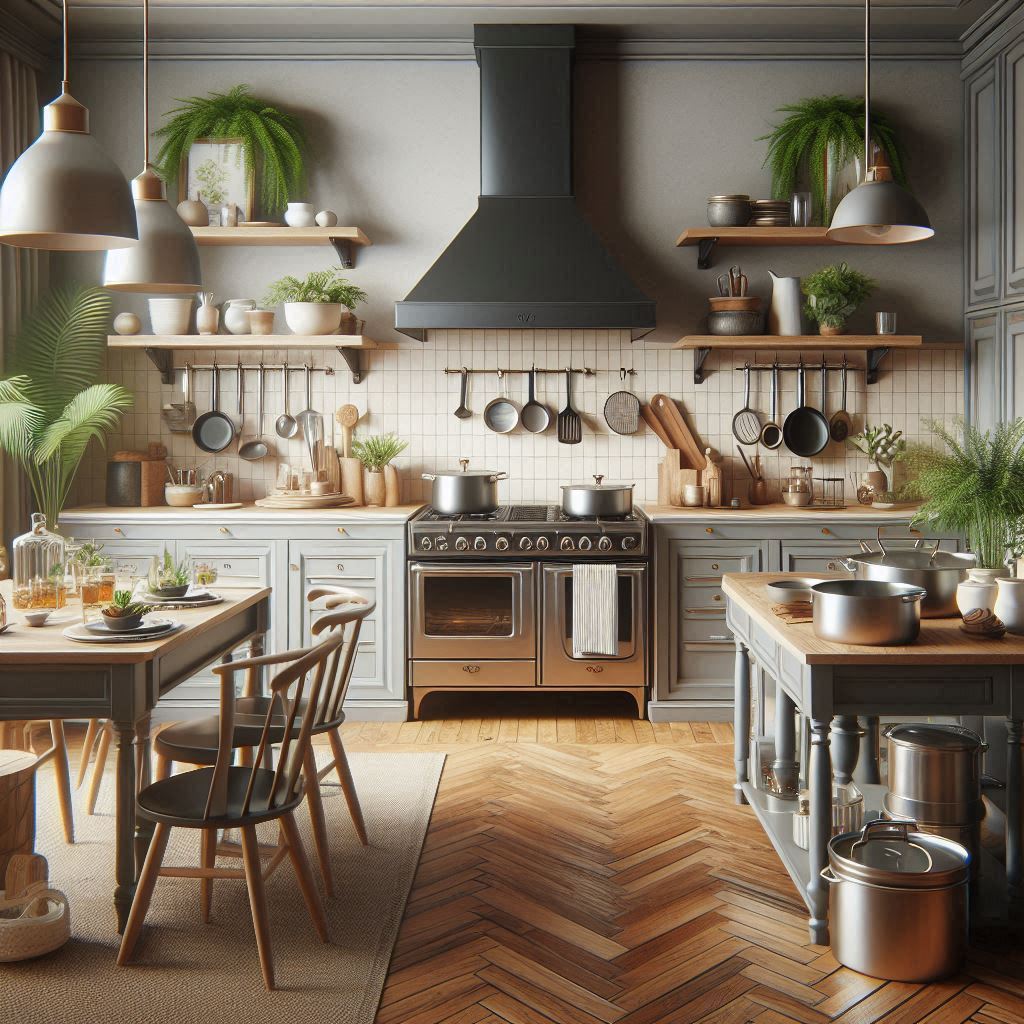
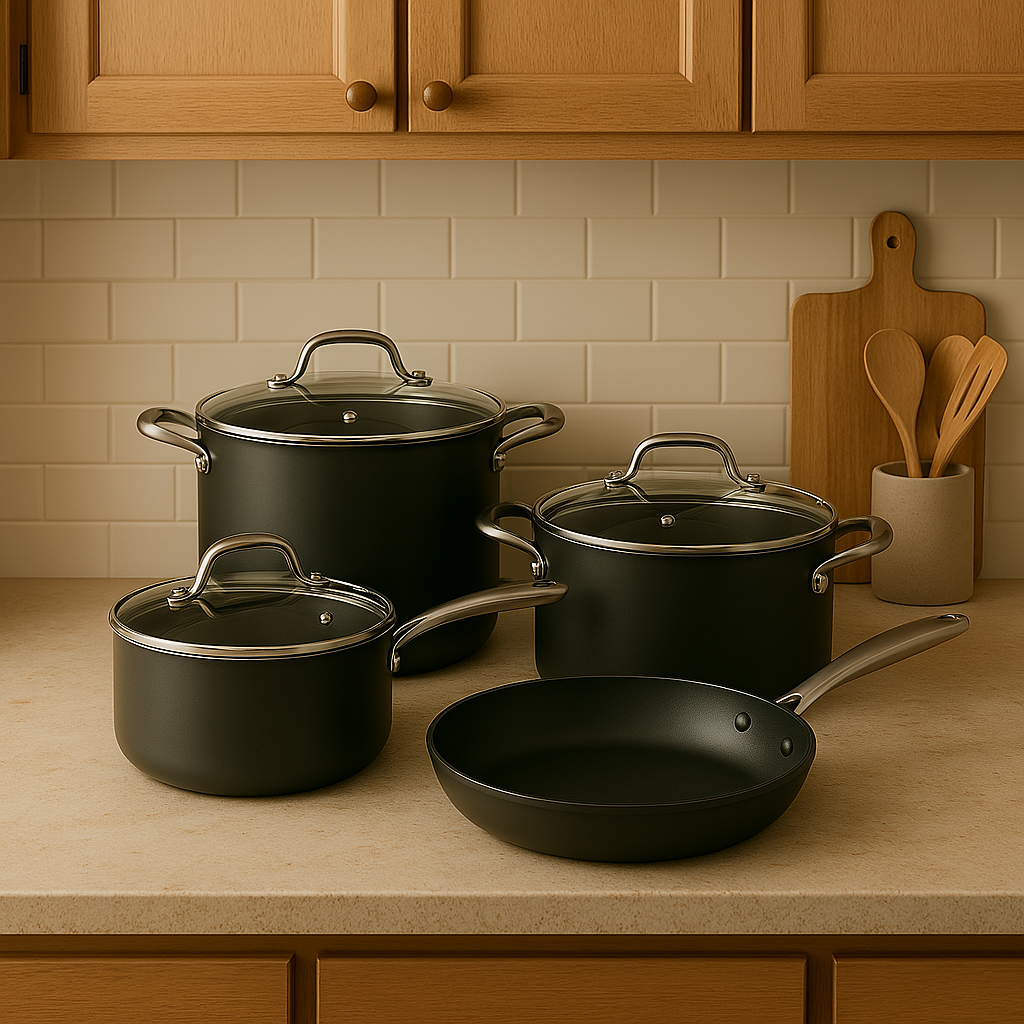
Leave a Reply